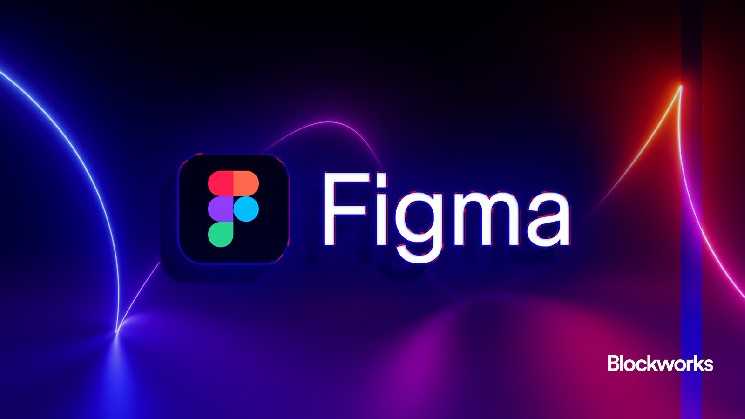This is a segment from the 0xResearch newsletter. To read full editions, subscribe.
The 13-year-old design software company Figma IPO’d on the NYSE yesterday.
As I write this edition, Figma’s stock is trading at $115. That’s a ~250% pop from its $33 opening price — above Circle’s June IPO pop of 168%, and far above the average 17% day-one IPO pop of past decades.
Great success! But according to the Crypto Twitter commentariat, that’s “legalized theft.”
Specifically, theft by the investment bankers from the retail public.
The general idea underlying this criticism is that:
Investment banks deliberately underprice IPOs below fair value, then allocate shares to their preferred hedge funds and clients. These guys flip them for an easy profit at the expense of unsophisticated retail investors that naively buy into the IPO hype once the stock is already trading higher.
Retail investors lose because IPO offer prices are determined by private markets (as opposed to, say, Hyperliquid pre-launch perps that allowed price discovery pre-PUMP ICO).
Plus they don’t get to buy in early — Wall Street does.
This status quo isn’t all that different to memecoins.
Recall the Javier Millei-affiliated LIBRA memecoin launch in February. As my colleague David Canellis wrote:
… anyone launching a memecoin in 2025 must fight against unseen forces that nobody has figured out how to beat: onchain snipers who will bid up fresh memecoins at the drop of a hat, only to dump them soon after on anyone buying into the pump they created, usually killing the project in the process.
It was kind of an open secret in crypto anyway.
But in TradFi, it’s all perfectly legal as per capital market rules. Namely, the Securities Act of 1933, which forces companies to lock in a fixed public offer price before trading.
Like the genesis of most government regulations, the Securities Act wasn’t intended to enrich Wall Street at retail’s expense: It started out as well-meaning and targeted real abuses by bucket shop salesmen in the 1930s.
But today’s capital market laws hard-wire pricing power and share-allocation discretion into the traditional IPO.
Project Crypto
SEC Chair Paul Atkins unveiled yesterday Project Crypto, an initiative meant to achieve “President Trump’s vision of making America the crypto capital of the world.”
It reads almost like a Christmas wishlist for the industry: most crypto assets will not be securities, create exceptions and safe harbors for ICOs and airdrops, protect software engineers, protect self-custody, make onchain software part of securities markets, etc.
Loading Tweet..
But the devil’s always in the details.
And no one scrutinizes the details, except for the lobbyists and lawyers at the policymaking table.
How will this wishlist interact with existing laws? What will they morph into 10 or 50 years from now?
No one knows — just like how no one could’ve expected the Securities Act of 1933 to enable “legalized theft” today.
Government regulations are bad not because they were badly designed or that policymakers are evil per se, but because they are created and exist in a set of institutions that are static.
We like to think of the “government” as a precise machinery that voters can modulate to create laws that thwart specific problems. We like to think the government would remove laws that are deemed bad.



